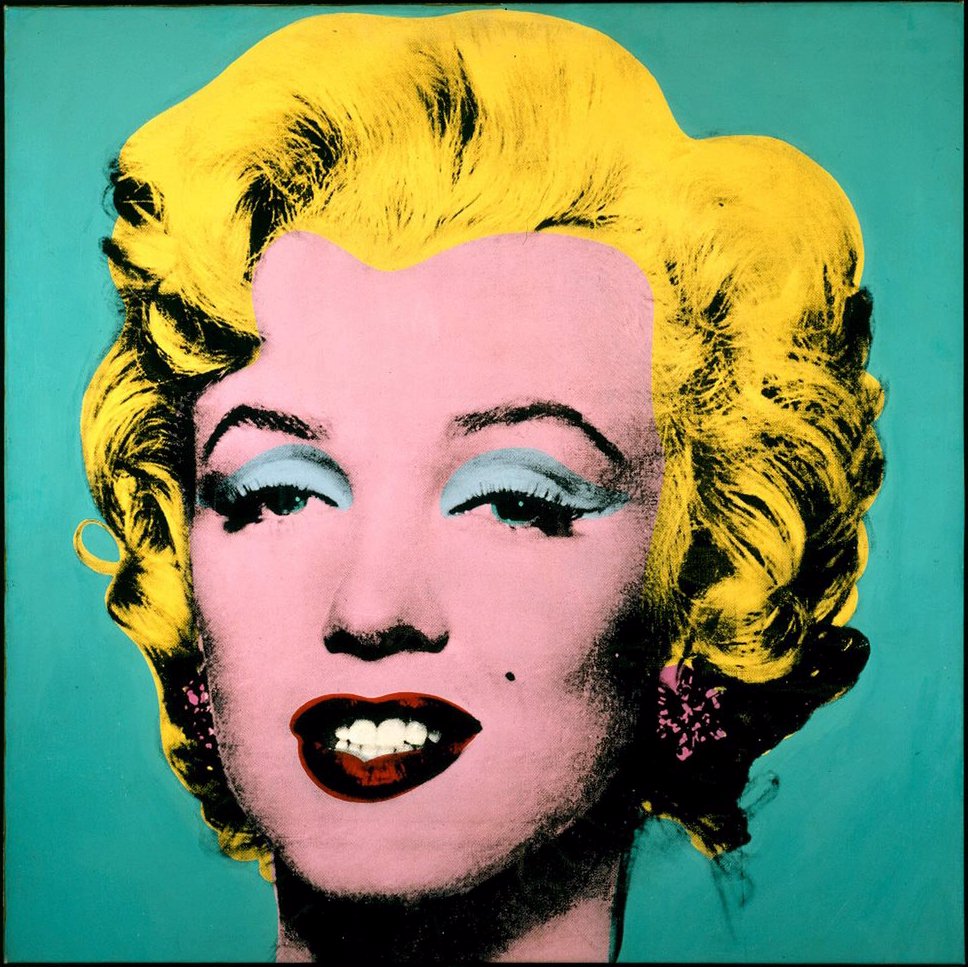
Part 1: the Modern Image to Network Television
Part 2: Video Art
Part 3: Theory and Aesthetics of the Electric Image
Electric Image exposes learners to the history of the electric image and its contemporary modalities. Part 1: the Modern Image to Network Television dissects a variety of early media technologies from electricity and photography to celluloid film, radio, sound recording and network television. The Modern Image to Network Television is an illustrated web guide for learners. Part 2: Video Art, will be an in-world lecture at Camilla 15 at Medici University in Second Life and discusses artists' use of video cameras and the recorded video image, and early computer graphics. Artists' experimentation with form and the relationship of video art to pop culture and early computer graphics will be discussed. Part 3: Theory and Aesthetics of the Electric Image (also at MU) explores the relationship of contemporary cultural forms to their hybrid histories. Internet motion, multimedia and computer motion and visualization are compared to their relative mechanical counterparts, eliciting theoretical constructs suitable to Internet video, machinima, and other new media forms. Part 1 is available as a web guide below the fold. Dates and times for parts 2 and 3 will be announced shortly.
[Read Part 1: the Modern Image to Network Television by clicking Read more.]
Part 1: the Modern Image to Network Television
150 years ago electricity in the home was almost unthinkable. Dangerous and experimental, electricity eventually propelled a new industry to become a public utility. Now historical figures such as Thomas Edison, Westinghouse and Nicola Tesla battled for the supremacy of their competing standards: alternating current and direct current or AC and DC still in use today. The light bulb, the killer app for electricity, would replace the gas light as wired households were built by the thousands after WWI.
Read more about Edison, Westinghouse and a dead elephant
Initially called "wireless", radio soon became popular as a form of information and home entertainment for the modern era. Radio had its roots in maritime shipping. Lighthouses and ship-to-shore communications were enhanced by audible frequencies that could travel long distances regardless of terrain. From the initial crackle of an audible voice, news stories, literary forms, orchestras and other popular music and dramas alike have graced the airwaves. Advanced technologies such as Wi-Fi and satellites use the idea of radio unimaginable to its inventors. By the 1950s radio was delivering Elvis to automobiles and homes in cities and rural towns all over the United States.
Photography is traditionally separation of light and dark shades in an image utilizing materials sensitive to light. The daguerrotype and chemical photography date to the 1850s. Amateur and professional inventors kept perfecting techniques for portraiture through the years and eventually a demand for professional photographic processes supplanted printing techniques for newspapers, magazines and books as well. Amateur photography took hold as a growing interest in cheap cameras and film developments processes as a service became a worldwide industry. In both the modernist photo studio as today, lighting, lenses, exposure, editing and printing techniques contribute to various stages of a final photographic image.
More on Daguerre and the invention of photography
Jules Etienne Marey was one of many individuals experimenting with the capturing of motion through photographic techniques. His contributions are appreciated by 3D animators as well as early film historians. Marey's hand made suits recall motion capture (mo-cap) techniques still in use today. Another contemporary Eadward Muybridge and later Thomas Edison contributed to the beginnings of the motion picture industry, which was developed around entertainment, news and documentary forms. In Edison's early clips, there is no camera motion. Like a seated audience member, the camera's perspective never changes.
 |
| "Marey - birds" by Étienne-Jules Marey |
Early films such as A Journey to the Moon utilized costuming and theatrical storytelling to depict science fiction on film.
Sergei Eisenstein introduced the idea of "montage" into motion pictures. As sequences of static images form the moving image, sequences of moving images are tied together to tell a story. Initially considered a violent juxtapositions, the montage has become the standard of editing shots into sequences, sequences into scenes and scenes into chapters of stories in modern filmmaking.
In a Man with a Movie Camera by Dziga Vertov shows how fast paced the modern city (Kyiv, Ukraine) and modern industry had become by the 1920s and 1930s. This is a great early example of montage that establishes rhythm.
In this clip of Star Wars Episode 2, Attack of he Clones, the cinematography of a battle scene shows the ability of the camera to tell the story from literally many visual perspectives, impossible to view from any one position. The film audience gets a much better view than any one in the arena.
Television could have come to America before WWII. The technologies had been invented but the war effort caused the fledgeling industry to pause while important war efforts took center stage. In the late forties and early fifties, television captured the imagination of Americans and another industry took shaped. Modeled after radio distribution, television networks took root as major corporations invested in the production and distribution of the electric image directly into American homes. Early television was conservative. Dramas, news (shot on film) and eventually situation comedies (sitcoms) entered the American home. Leave it to Beaver, a sitcom based on the 1950s era American family life is among the greatest examples of network television as moral standard in popular culture. Contrast this with today's "reality" TV.


